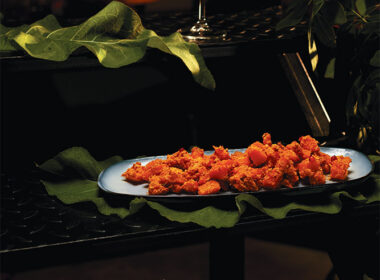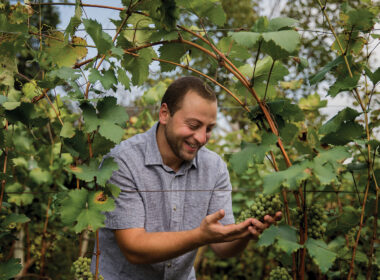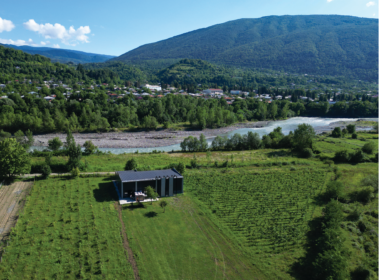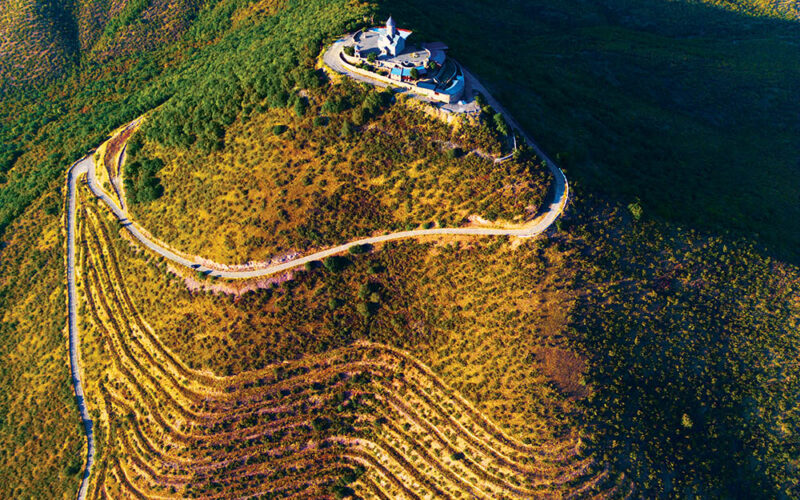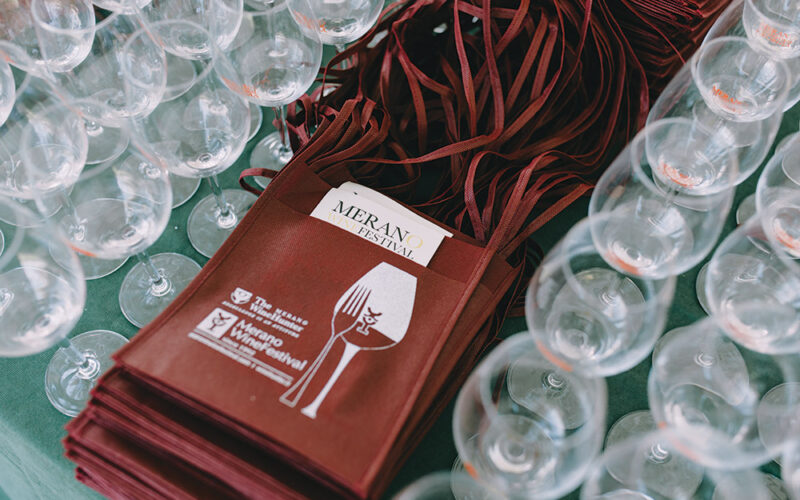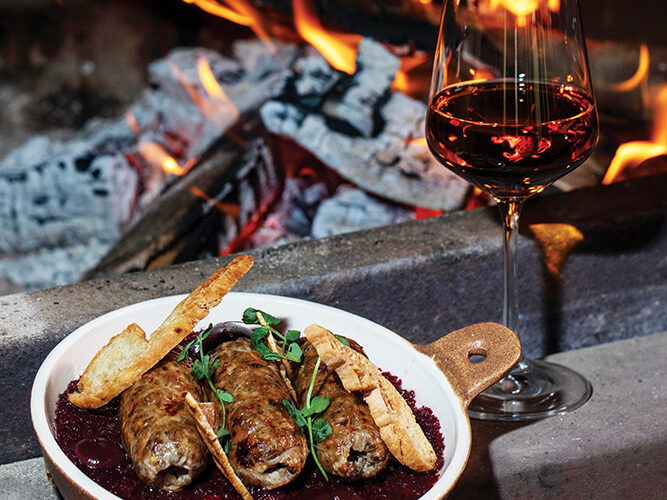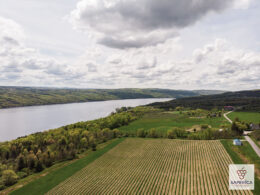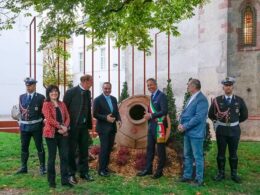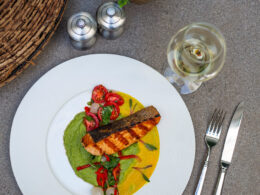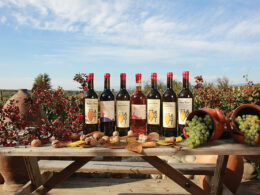| Homeland of Wine Magazine |
Bolnisi is one of the oldest centers of Georgian winemaking. This promising region is in the limelight due to the wide range of interesting styles and flavours of wines produced here. In a short time, Bolnisi was established and registered as a Protected Designation of Origin, recognized as a terroir, and offers very interesting wines today. We can distinguish the terroir in these wines, which once again indicates that we are dealing with one of the interesting winemaking regions of Georgia.
Bolnisi – a region with the ancient tradition of winemaking that withstood time, reached the present and is making history. This story is about local viticulturists and winemakers that kept their connection with wine, built vineyards, took care of wine cellars, revived forgotten grape varieties, made interesting wines from leading Georgian varieties, and are working very hard to introduce Bolnisi wine to the local and foreign wine lovers and connoisseurs. The number of local wineries, as well as their wine quality, has been increasing over the past number of years. These wines have already reached Europe, America, Asia, and Australia.
ZEDASHE WINERY
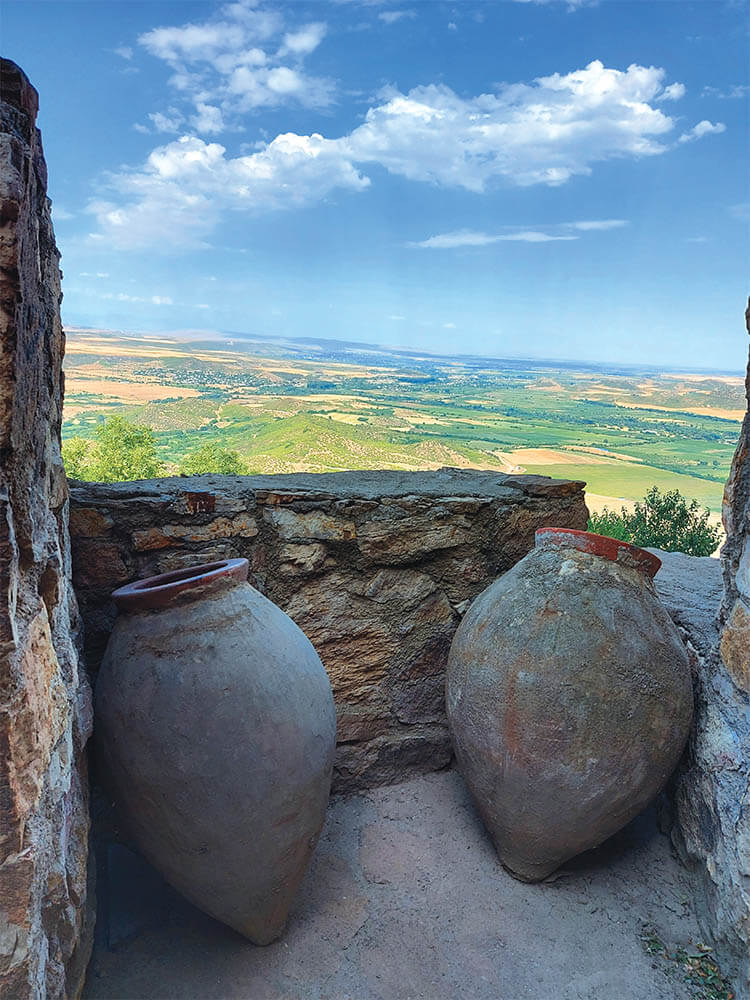
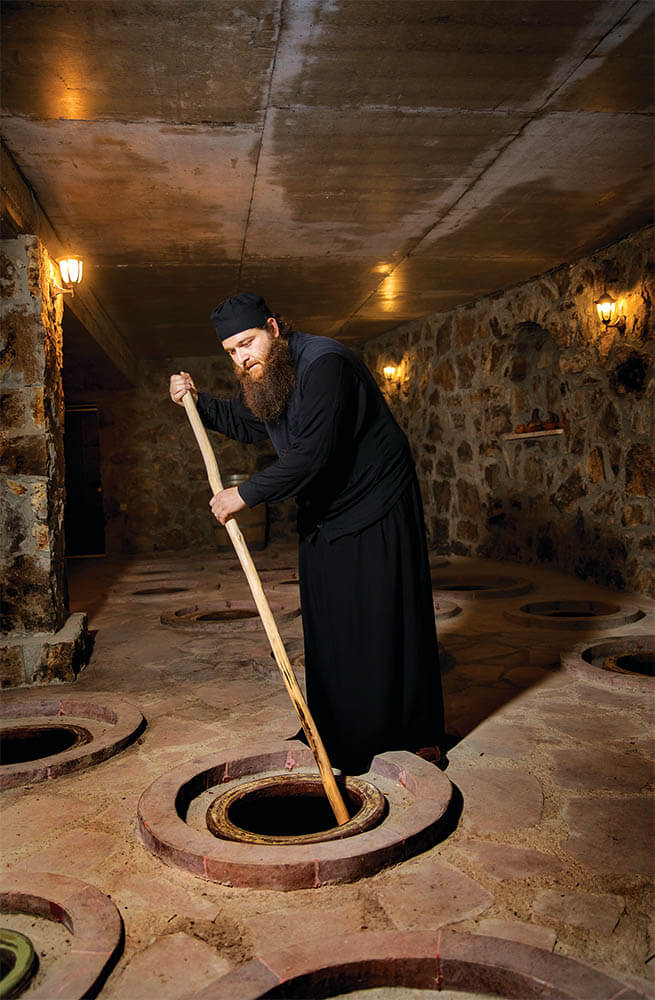
Father Konstantine Kapanadze
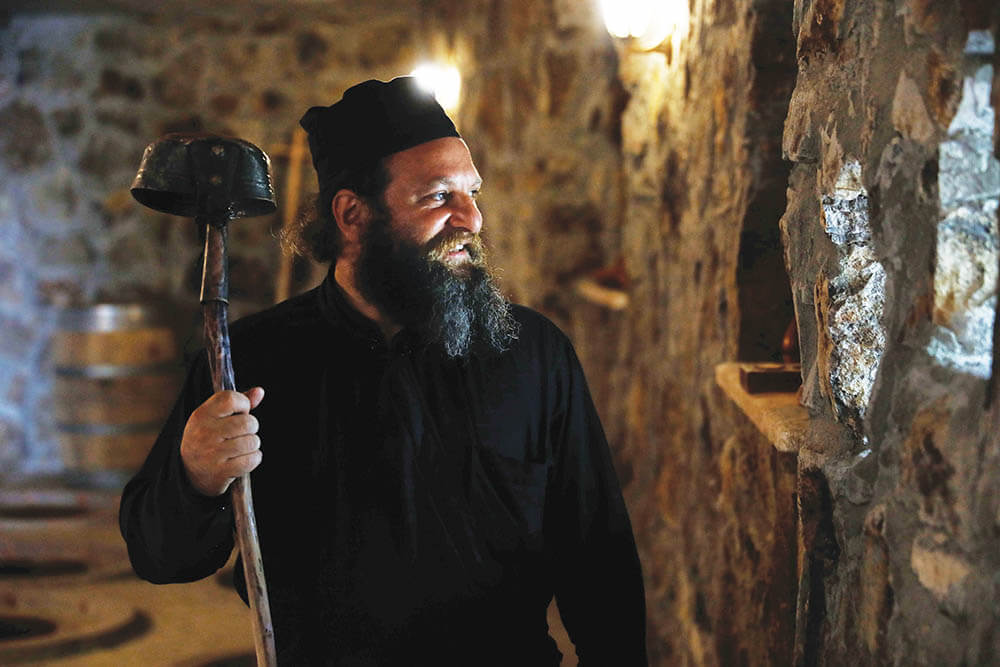
Father Makar Maisuradze
Saint Peter and Paul’s Monastery of Bolnisi is built atop a mountain known in local lore as The Mount of St. Elia. Since ancient times, the cathedral stood there, honouring the apostles Peter and Paul. Under the guidance and blessing of Reverend Ephraim, Bishop of Bolnisi, the church was reconstructed on this ground, and the monastery was established as well.
The complex, which is located two kilometers away from the center of Bolnisi, merges a monastery, a bell tower, a refectory, and a wine cellar, where the fathers produce the wines of Zedashe, employing both the traditional qvevri method and the classical. From here the beautiful views of the Bolnisi surroundings unfold.
Zedashe Winery’s vineyards are planted on the terraced slopes of this very mountain, yielding the white grape varieties: Rkatsiteli, Chinuri, Khikhvi, Kisi, Goruli Mtsvane, Kakhuri Mtsvane and the red varieties- Saperavi, Shavkapito, Aleksandrouli and Mujuretuli.
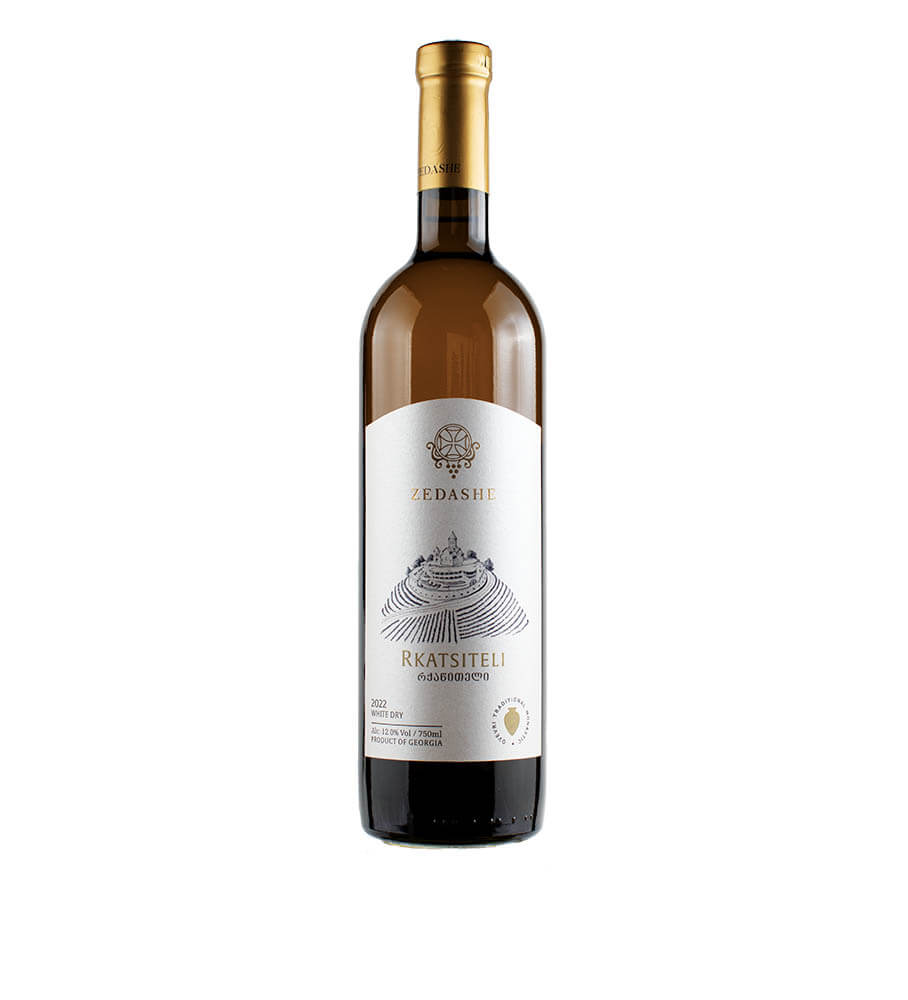
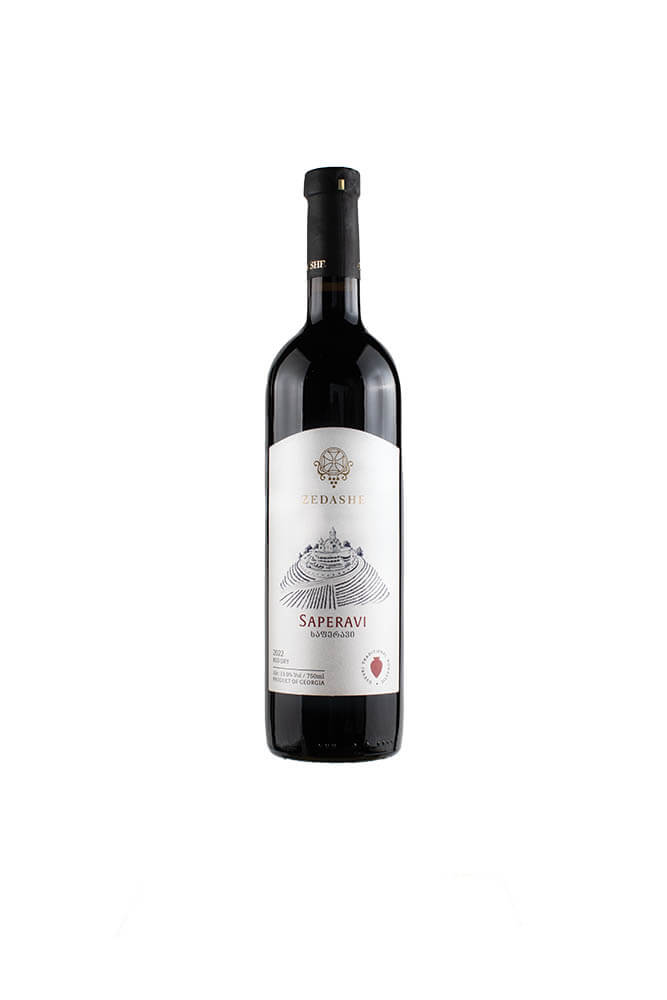
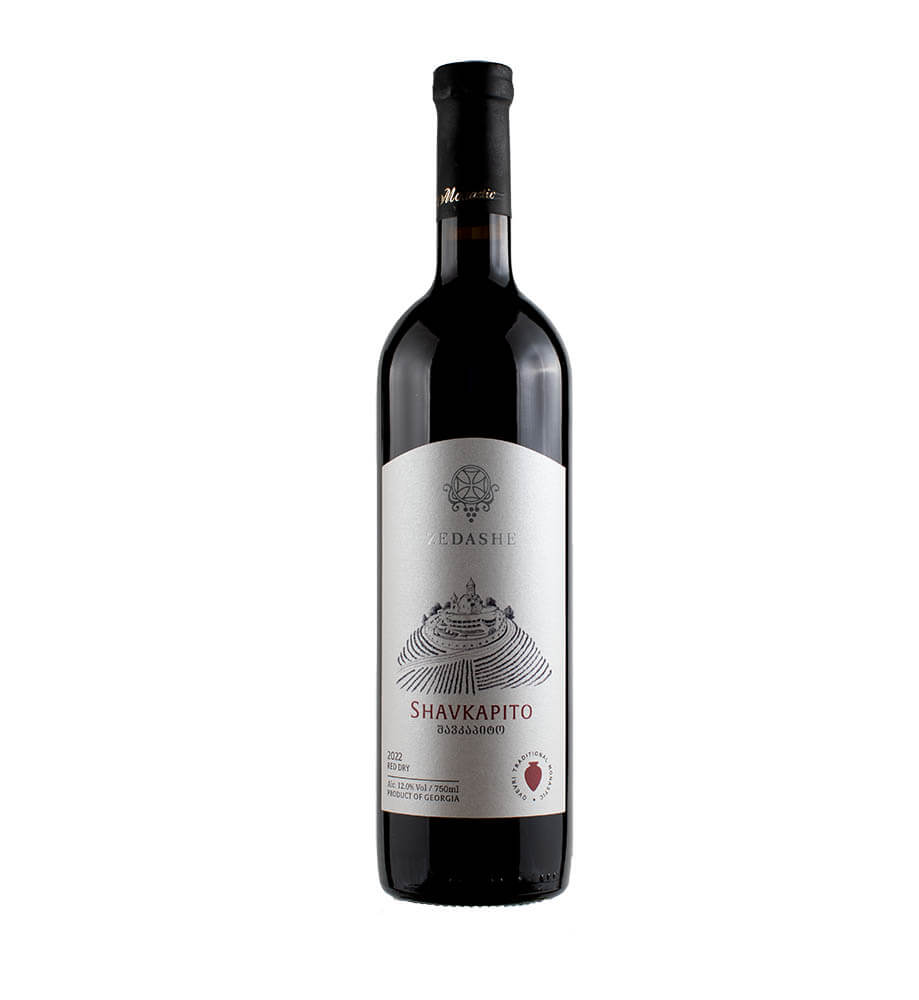
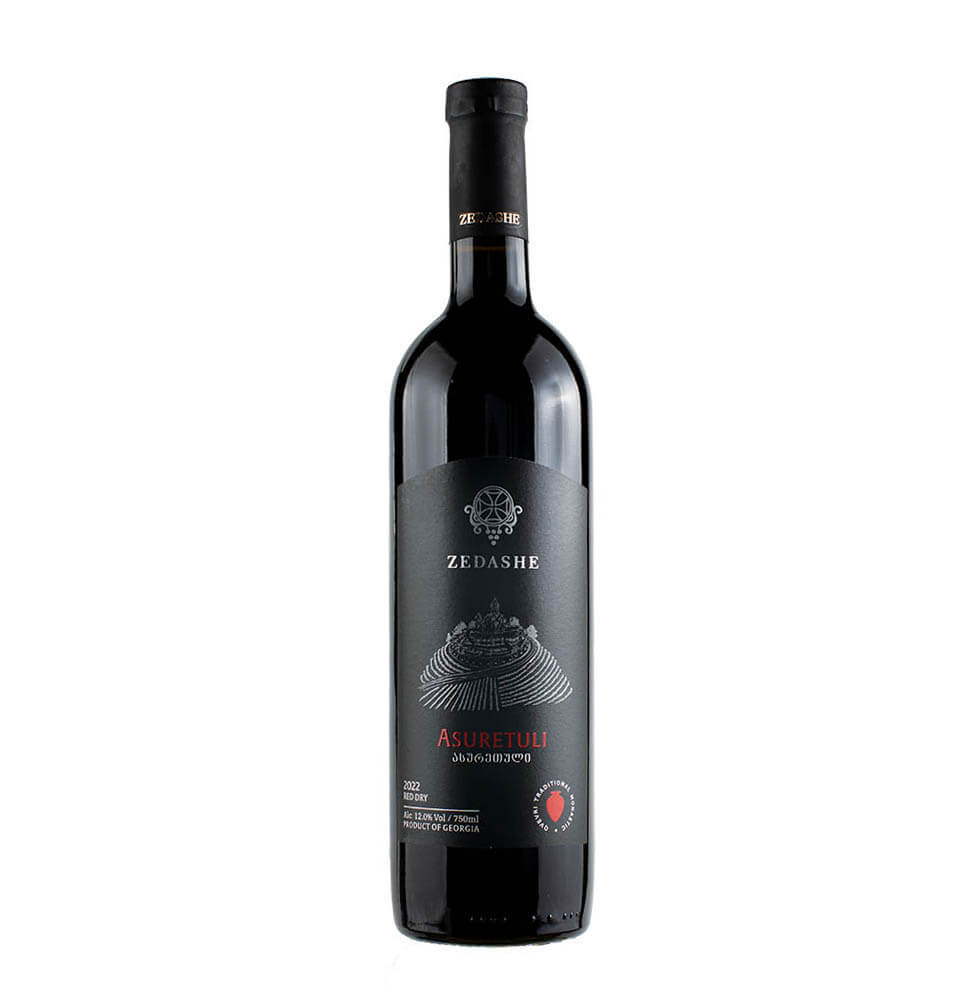
The history of Zedashe began in 2016, when during the monastery’s construction, fragments of a fifth-century qvevri were unearthed, which profoundly impressed the fathers, thus compelling them to restore the history of winemaking that had been dormant for centuries. This was followed by the cultivation of a vineyard. Based on the mountain’s terrain, it was decided to plant a terraced type of vineyard.
Zedashe Winery produces 5 types of wine: Qvevri Rkatsiteli, Qvevri Saperavi, and using the classical method- Asuretuli, Shavkapito and Goruli Mtsvane. Zedashe wines are exported to Italy and Germany.
ბოლნისის წმინდა პეტრესა და პავლეს სახელობის მამათა მონასტერი მთაზეა აგებული, რომელსაც გადმოცემის მიხედვით, წმინდა ელიას მთა ეწოდება. აქ ოდითგანვე იდგა ტაძარი, რომელიც წმინდა პეტრე და პავლე მოციქულების სახელობის ყოფილა. ბოლნელი ეპისკოპოსის მეუფე ეფრემის ლოცვა-კურთხევით ნატაძრალზე მოციქულების სახელზე ტაძარი აიგო და აქვე დაფუძნდა მამათა მონასტერი.
კომპლექსი, რომელიც ბოლნისის ცენტრიდან ორ კილომეტრში მდებარეობს, აერთიანებს მონასტერს, სამრეკლოს, სატრაპეზოსა და მარანს, სადაც მეღვინეობა „ზედაშეს“ ღვინოებს მამები როგორც ტრადიციული მეთოდით – ქვევრებში, ისე კლასიკური მეთოდით აყენებენ. აქედან ბოლნისის შემოგარენზე ულამაზესი ხედები იშლება.
მეღვინეობა „ზედაშეს“ ვენახები ამავე მთის ტერასებზეა გაშენებული. თეთრყურძნიანი ჯიშებიდან რქაწითელი, ჩინური, ხიხვი, ქისი, გორული მწვანე, კახური მწვანე მოჰყავთ, წითლებიდან კი – საფერავი, შავკაპიტო, ალექსანდროული და მუჯურეთული.
„ზედაშეს“ ისტორია 2016 წლიდან იწყება, როცა მონასტრის მშენებლობის პროცესში, მეხუთე საუკუნის ქვევრის ფრაგმენტები აღმოაჩინეს, რამაც მამებზე დიდი შთაბეჭდილება მოახდინა და მეღვინეობის რამდენიმე საუკუნით შეწყვეტილი ისტორიის განახლება გადააწყვეტინა. ამას მოჰყვა ვენახის გაშენება. მთის რელიეფიდან გამომდინარე ტერასული ტიპის ვენახის გაშენების გადაწყვეტილება მიიღეს.
„ზედაშე“ აწარმოებს ქვევრის რქაწითელს, ქვევრის საფერავს, კლასიკური მეთოდით კი ასურეთულს, შავკაპიტოსა და გორულ მწვანეს. ღვინოები ექსპორტზე იტალიასა და გერმანიაში გადის.
BROTHERS’ CELLAR
The family’s wine making tradition started in the year 1900, with the determination of Guram and Giorgi’s great grandfather –who began crafting wine from Rkatsiteli grapes grown in his own vineyard in the village of Ratevani. The grandfather made the wine exclusively for family enjoyment– using the Swabian (German settlers living in Georgia between 1817-1942) method, which uses oak barrels. Today, in this very vineyard, the brothers cultivate Chinuri.
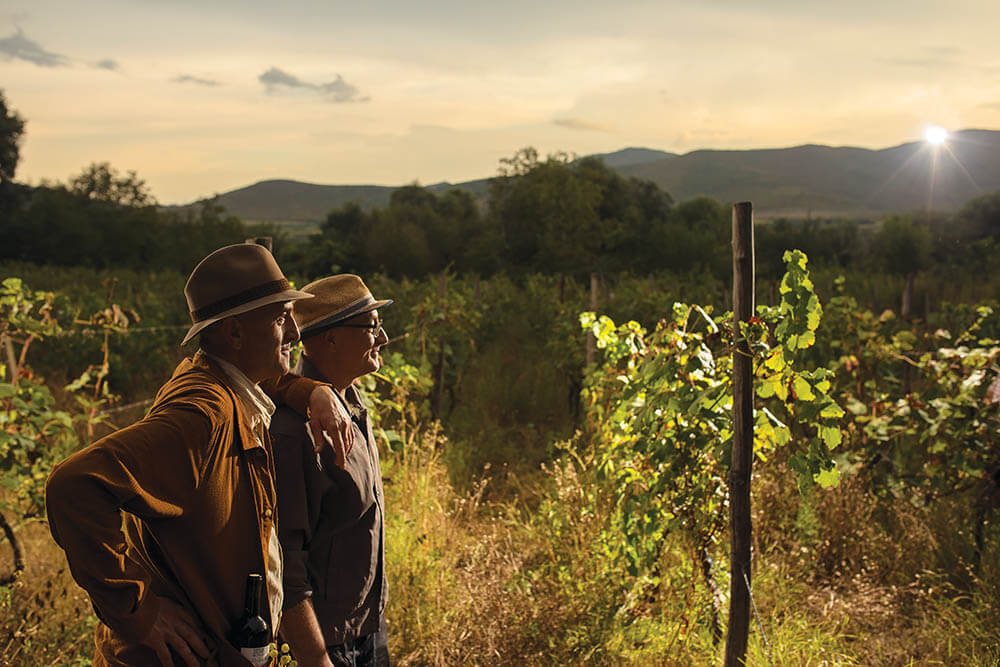
In 2015, Guram and Giorgi decided to restore the tradition of making wine in qvevri in Bolnisi, and from then on the history of Dzmebis Marani (Brothers’ Cellar) began. Currently they have vineyards in Bolnisi, Ratevani and Akaurta (Bolnisi municipality).
Guram Avqopashvili: “Dzmebis Marani is a small family winery where we produce 8000 bottles of wine annually. Giorgi and I are enthusiastic winemakers, and we’ve always wanted to be closely involved with this activity, as winemaking is our family tradition. We started making wine in qvevri using the traditional method in 2015. In our debut year, the wine we created proved remarkably intriguing. Since then, we’ve expanded our selection, striving consistently to provide a diverse range of unique wines to both Georgian and international wine enthusiasts, alike.”
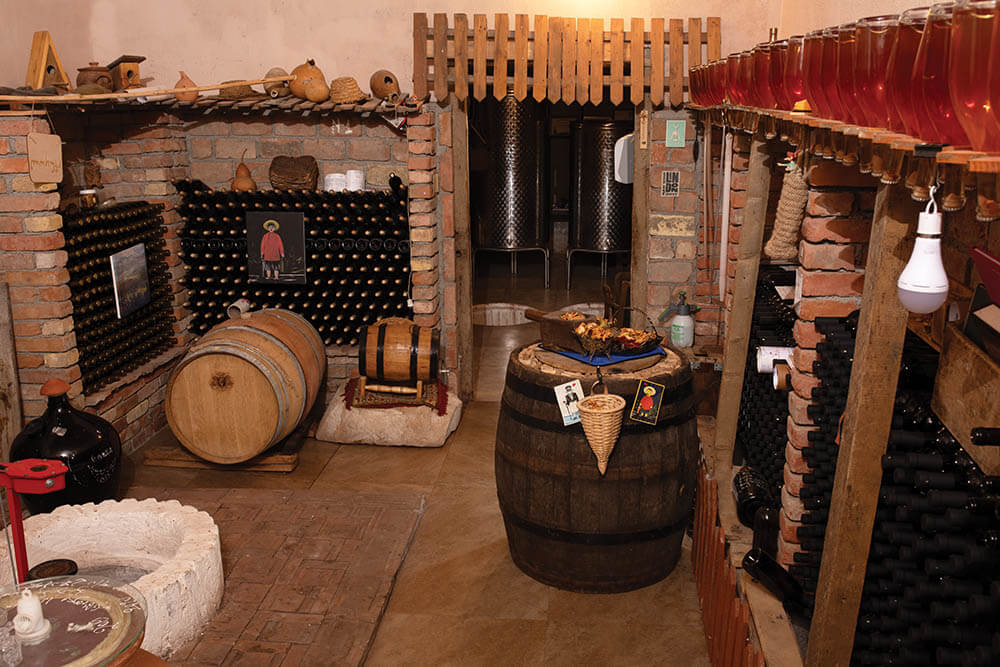
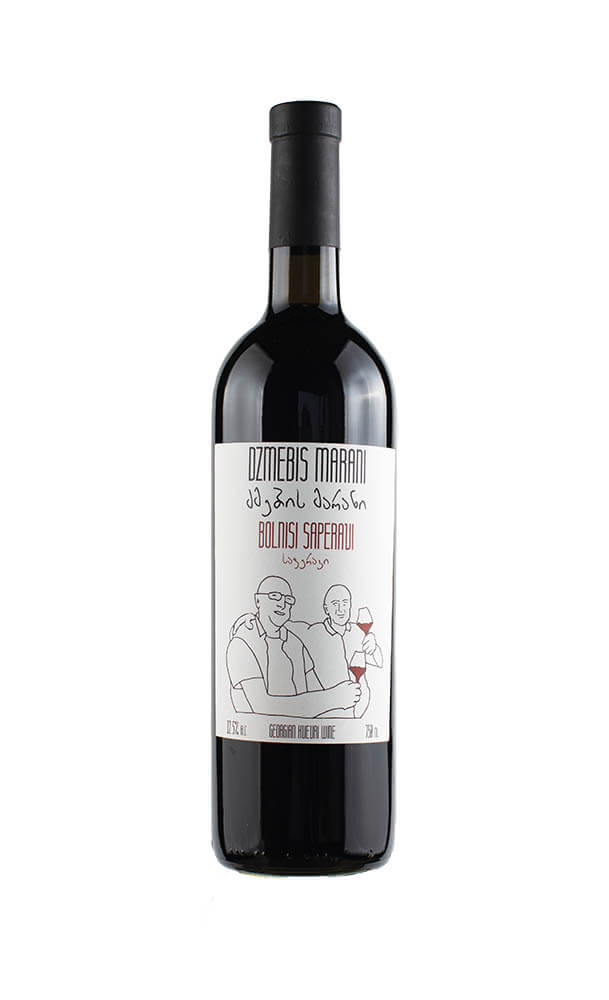
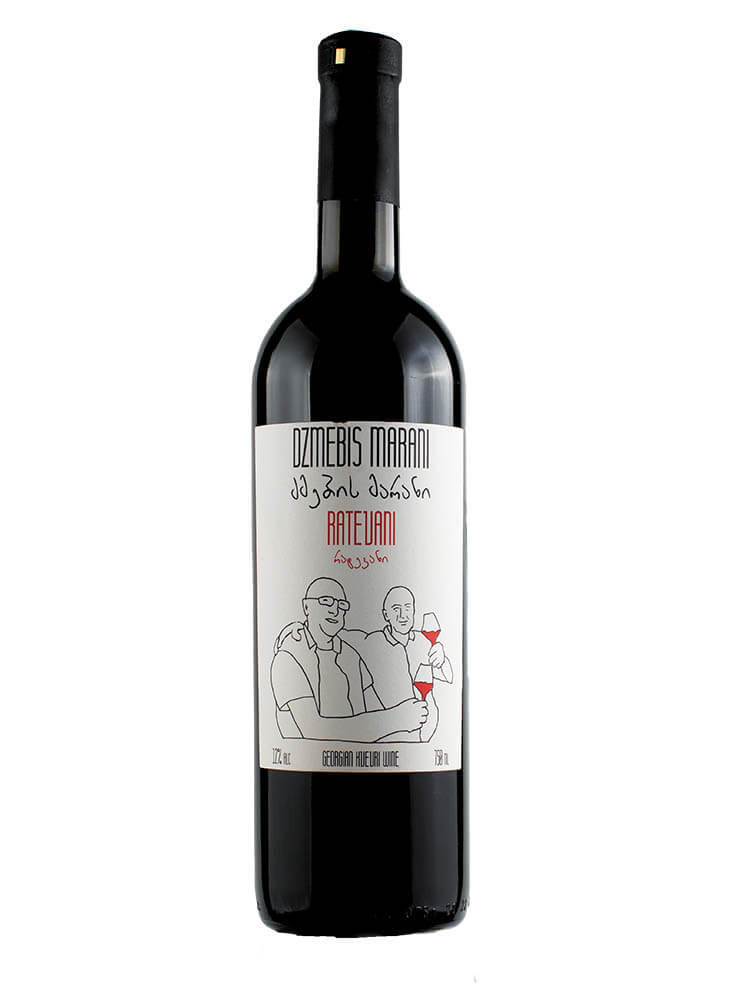
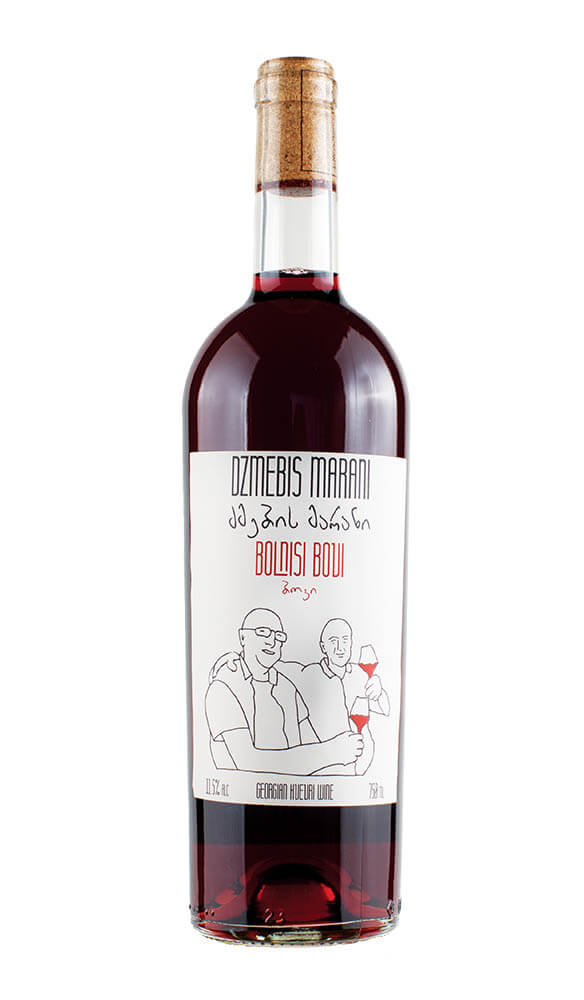
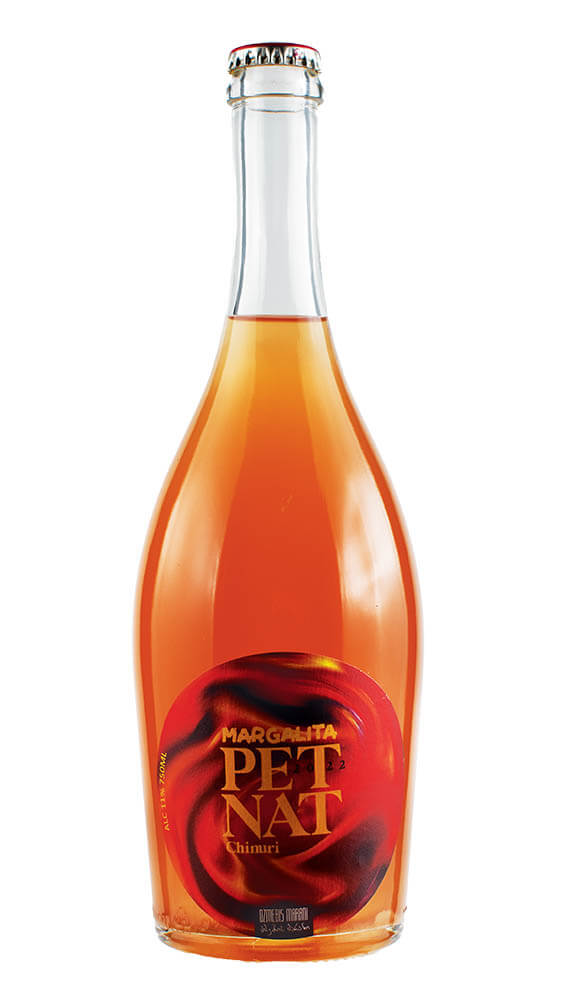
They craft wine using three types of technologies – the qvevri, Swabian and the classic method. On the local market, Dzmebis Marani is represented by 9 types of wine: Rkatsiteli, Saperavi, Tavkveri, Asuretuli Shavi, Chinuri, and experimental wines such as – Bovi, Ratevani and pét-nat- Margalita.
For the fourth consecutive year, wines of this small family winery have been exported to Australia. Sydney’s wine bars and bars now offer: Bolnisi Rkatsiteli, Anfent, and experimental wine, Ratevani. Additionally, Rkatsiteli, Saperavi and Bovi are available on the Chinese market as well.
ოჯახში ღვინის დაყენების ტრადიცია 1900 წლიდან, გურამისა და გიორგის დიდი პაპის მონდომებით დაიწყო – სოფელ რატევანში მისივე ვენახში მოწეული რქაწითელის ჯიშის ყურძნისგან. პაპა ღვინოს საოჯახო მოხმარებისთვის აყენებდა – შვაბური მეთოდით, მუხის ჩანებში. დღეს, ამ ვენახში ძმებს ჩინური აქვთ გაშენებული.
2015 წელს, გურამმა და გიორგიმ ბოლნისში ქვევრში ღვინის დაყენების ტრადიციის აღდგენა გადაწყვიტეს და ამ დროიდან იწყება კიდეც „ძმების მარნის“ ისტორია. ვენახები ბოლნისში, რატევანსა და აკაურთაში აქვთ (ბოლნისის მუნიციპალიტეტი).
გურამ ავქოფაშვილი: „ძმების მარანი“ მცირე საოჯახო მარანია. წლიურად 8000 ბოთლ ღვინოს ვაწარმოებთ. მე და გიორგი ენთუზიასტი მეღვინეები ვართ. რადგან ღვინო ოჯახის ტრადიციაა, ყოველთვის გვქონდა სურვილი, ამ საქმიანობასთან უფრო მჭიდრო კავშირი გვქონდა. ქვევრში ტრადიციული მეთოდით ღვინის დაყენება 2015 წლიდან დავიწყეთ. პირველივე წელს, საინტერესო ღვინო გამოგვივიდა. მას შემდეგ ასორტიმენტიც გავზარდეთ და მუდმივად ვცდილობთ, ქართველ და უცხოელ ღვინის დამფასებლებსა და მოყვარულებს განსხვავებული ღვინოები შევთავაზოთ.“
ღვინოებს სამი ტექნოლოგიით აყენებენ – ქვევრში, შვაბურად (მუხის ჩანებში დადუღება) და კლასიკურის მეთოდით. ადგილობრივ ბაზარზე „ძმების მარანი“ 9 სახეობის ღვინით არის წარმოდგენილი: რქაწითელი, საფერავი, თავკვერი, ასურეთული შავი, ჩინური, ექსპერიმენტული ღვინოებიდან კი – ბოვი, რატევანი და პეტ ნატი “მარგალიტა”.
მეოთხე წელია ამ მცირე საოჯახო მარნის ღვინოები ექსპორტზე ავსტრალიაში გადის. სიდნეის ღვინის რესტორნებსა და ბარებში წარმოდგენილია ბოლნისური რქაწითელი, ანფენტი, ექსპერიმენტული ღვინო “რატევანი”. რქაწითელი, საფერავი და ბოვი გადის ჩინეთის ბაზარზეც.
AWINO WINERY
On the left bank of the Khrami river, 320 meters above sea level, Awino Winery is located in the village of Tamarisi, Marneuli municipality (known as Traubenberg until 1944). Marneuli is the archaeological center of Georgian vine and wine culture.
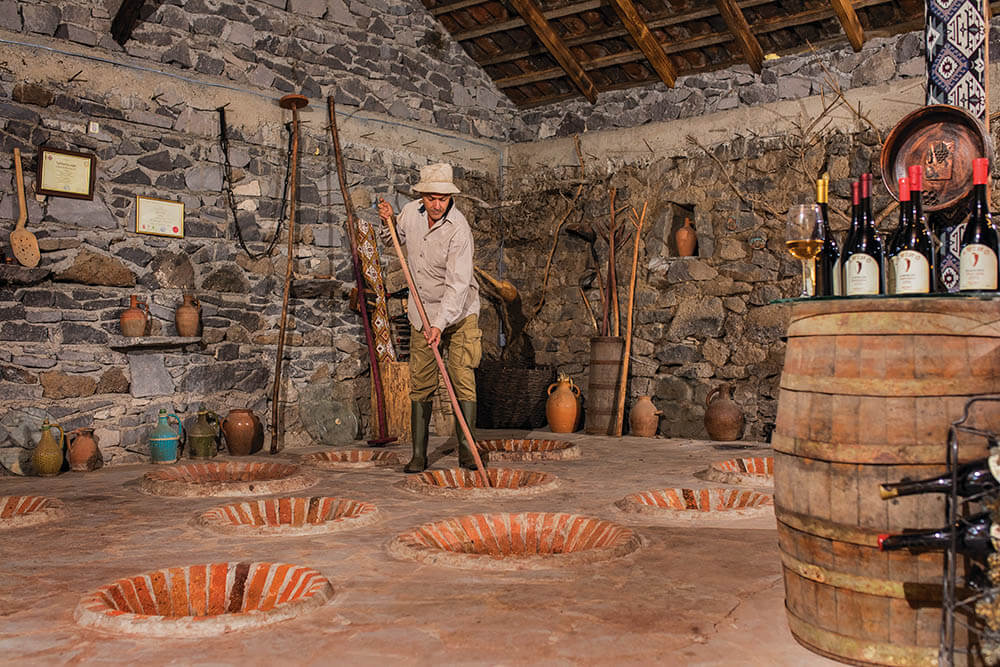
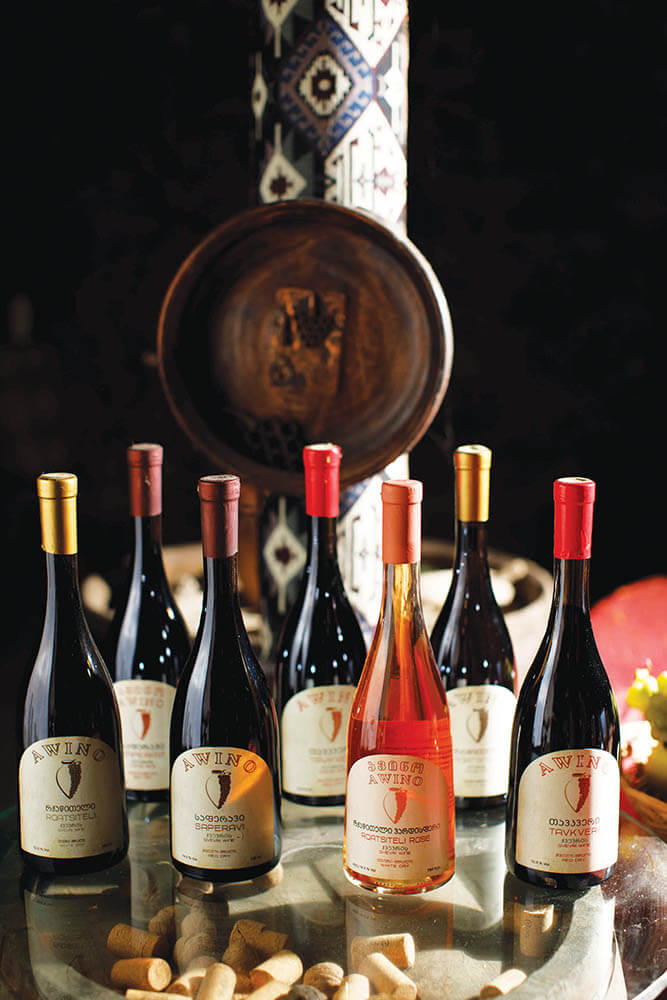
Monumental archeological sites such as Gadachrili Gora (hill) and Shulaveris Gora are both in the same municipality, where international multidisciplinary research on the discovered archaeological finds confirmed that they made wine here as early as 8000 years ago.
The history of Awino begins in 2019 when Artur Akopian decided to engage in winemaking. He successfully planted Kisi, Rkatsiteli Rose, Chinuri, Goruli Mtsvane, and Tavkveri grape varieties and started making wine.
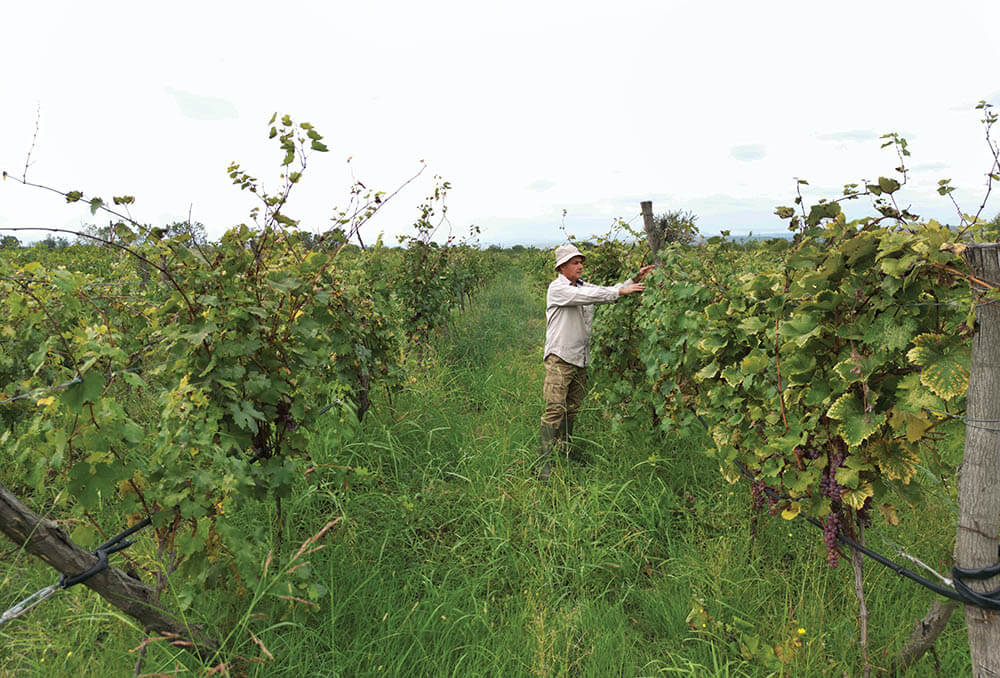
There are ten qvevries in his cellar, the total volume of which equals seven tonnes. Destemmed grapes are wild fermented and aged in qvevries for one year, and afterward, Artur transfers the wine into stainless tanks. Awino’s selection includes Rkatsiteli, Rkatsiteli Rose, Saperavi, Kisi, Tavkveri, and Chinuri.
მარანი AWINO მარნეულის მუნიციპალიტეტის სოფელ თამარისშია (1944 წლამდე ტრაუბენბერგი), მდინარე ხრამის მარცხენა მხარეს, ზღვის დონიდან 320 მეტრზე. მარნეული ქართული ვაზისა და ღვინის კულტურის არქეოლოგიური კერაა. არქეოლოგიური ძეგლები – გადაჭრილი გორა და შულავერის გორა სწორედ ამავე მუნიციპალიტეტში მდებარეობს, სადაც აღმოჩენილი არქეოლოგიური მასალის საერთაშორისო მულტიდისციპლინარული კვლევის შედეგად დადასტურდა, რომ აქ ღვინოს ჯერ კიდევ 8000 წლის წინ აყენებდნენ.
AWINO-ს ისტორია 2019 წლიდან იწყება, როდესაც არტურ აკოპიანმა მეღვინეობაში ჩართვა გადაწყვიტა. ქისი, ვარდისფერი რქაწითელი, ჩინური, გორული მწვანე და თავკვერი გააშენა და ღვინის დაყენებაც დაიწყო.
მარანში 10 ქვევრია, რომელთა ჯამური მოცულობა 7 ტონაა. კლერტგაცლილი ყურძენი ბუნებრივ საფუარზე დუღდება, 1 წლის განმავლობაში ქვევრებში ვარგდება, შემდეგ კი არტურს ღვინო უჟანგავ ცისტერნებში გადააქვს. AWINO-ს სორტიმენტშია რქაწითელი, რქაწითელი ვარდისფერი, საფერავი, ქისი, თავკვერი და ჩინური.
MUKHIGULI 1770 Wine Cellar
Winemaker Ioseb Mukhigulashvili’s wine cellar sits at 134 Sulkhan-Saba Orbeliani Street, in Bolnisi, at a depth of 5.5 meters, where the temperature, naturally maintained at 16°-18°, ensures ideal conditions for the production and storage of high-quality wine.
The history of Mukhiguli 1770 begins in 2018 when Ioseb Mukhigulashvili produced the first wine of the harvest of the same year. His vineyards are planted in the Bolnisi microzone (at the foot of the Samtredo and Elia mountains). He crafts wines from the Rkatsiteli, Saperavi, Asuretuli Shala, Chinuri, and Tavkveri grape varieties using the traditional method in qvevri and the classical method. The selection of Mukhiguli 1770 also includes high-alcohol drinks- chacha and brandy.

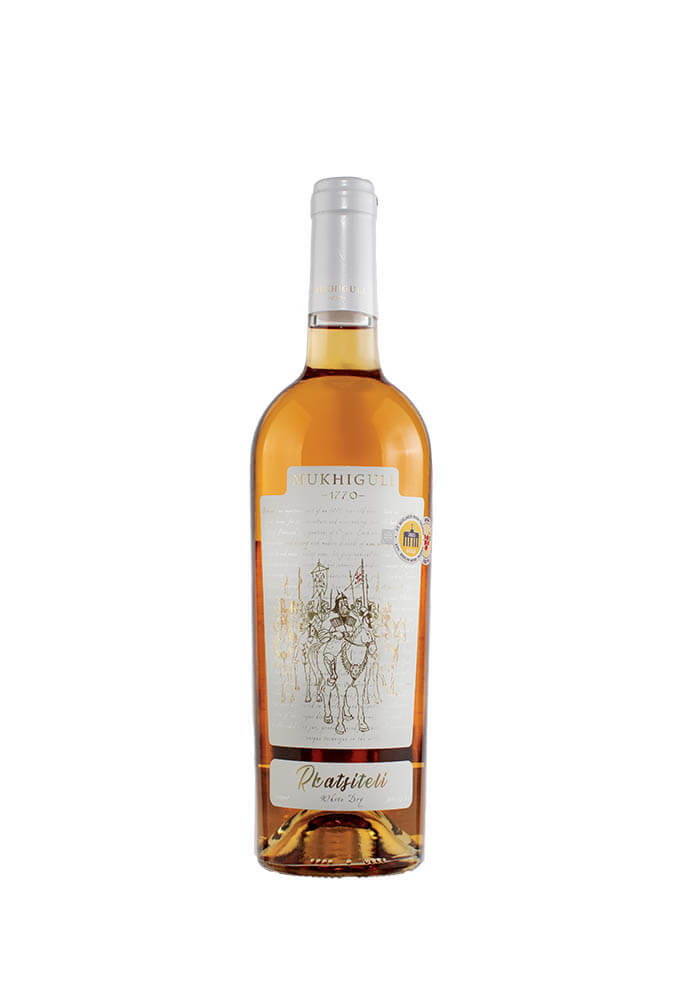
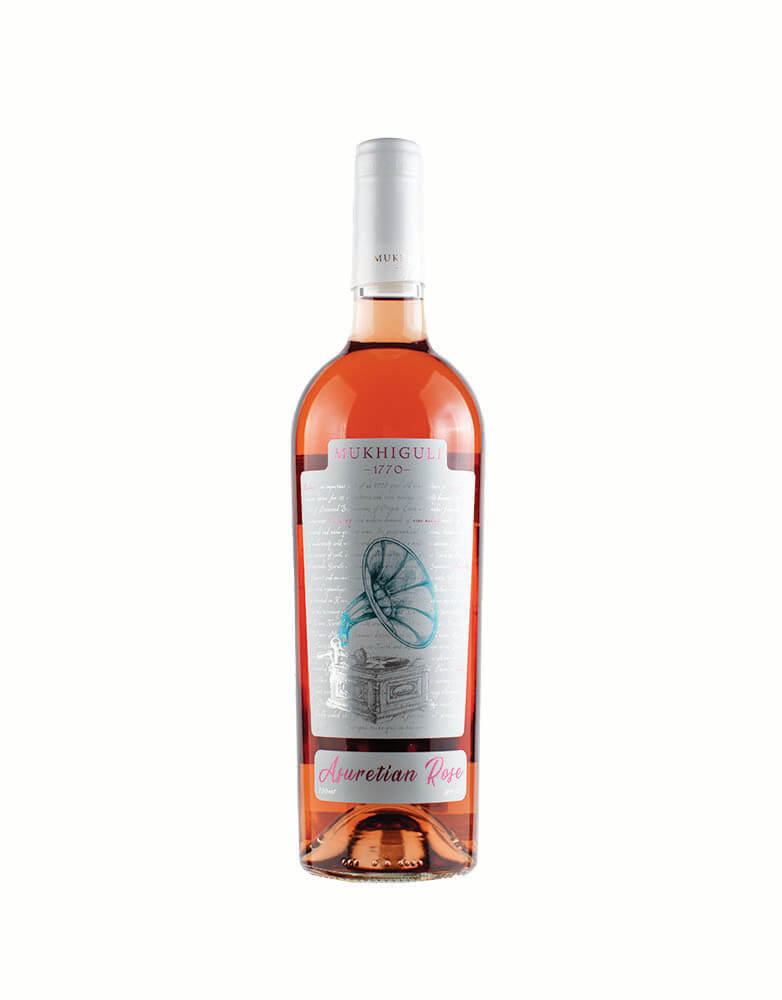
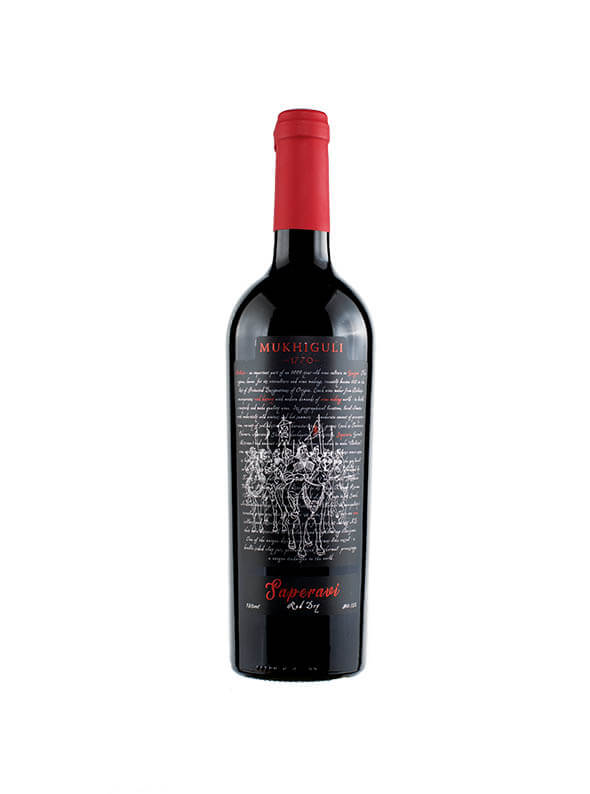
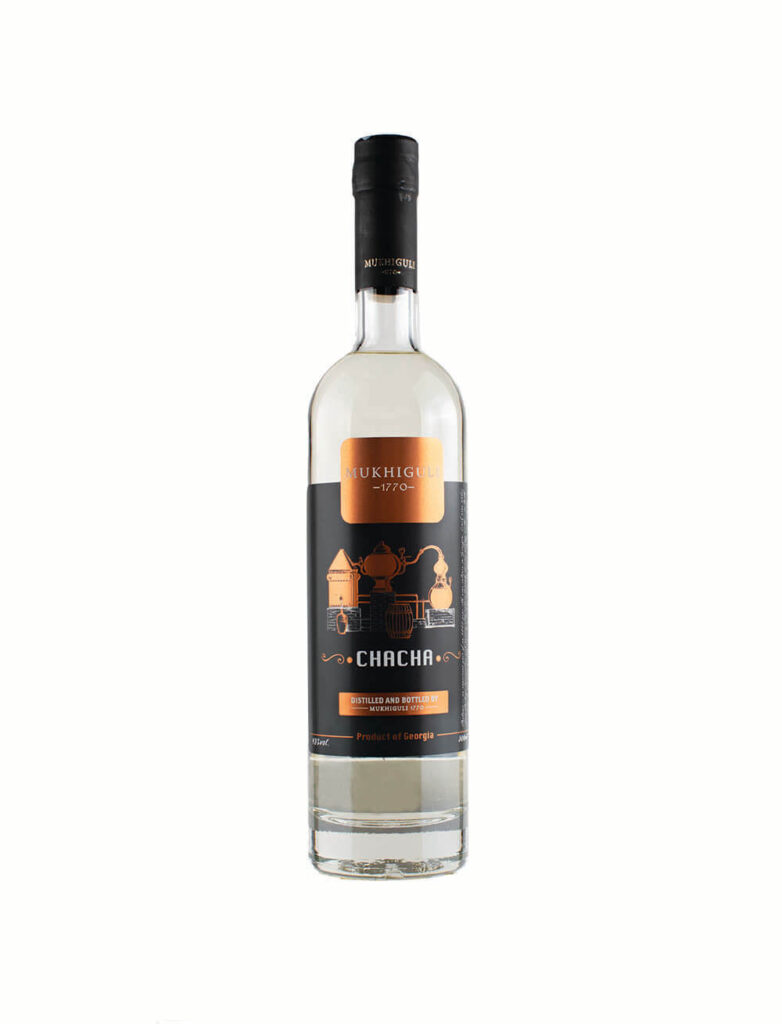
The wine cellar frequently welcomes visitors from various countries for wine tastings and exports its wines to Germany and Latvia.
Last year, the 2019 harvest of Rkatsiteli from Mukhiguli 1770 won a gold medal at the Berliner Wine Trophy. This dry, white wine boasts notes of peach, apricot, quince, and subtle spices and has a lively, intense, and well-balanced taste.
მეღვინე იოსებ მუხიგულაშვილის მარანი ბოლნისში, სულხან-საბა ორბელიანი 134-ში მდებარეობს, 5.5 მეტრის სიღრმეზე, სადაც ბუნებრივად შენარჩუნებულია 16°-18° ტემპერატურა, რაც იდეალური პირობაა მაღალი ხარისხის ღვინის წარმოებისა და შენახვისათვის.
„მუხიგული 1770“-ის ისტორია 2018 წელს იწყება, როდესაც ამავე წლის მოსავლით იოსებ მუხიგულაშვილმა პირველი ღვინო დააყენა.
ვენახები ბოლნისის მიკროზონაში (სამტრედოსა და ელიას მთის ძირში) აქვს გაშენებული. ღვინოებს რქაწითელის, საფერავის, ასურეთული შალას, ჩინურისა და თავკვერის ყურძნის ჯიშებისგან აწარმოებს, როგორც ტრადიციული მეთოდით ქვევრში, ისე კლასიკური მეთოდით. „მუხიგული 1770“-ის სორტიმენტშია მაღალალკოჰოლური სასმელებიც – ჭაჭა და ბრენდი.
მარანი ღვინის დეგუსტაციაზე მასპინძლობს ვიზიტორებს სხვადასხვა ქვეყნიდან, ღვინოები კი ექსპორტზე გერმანიასა და ლატვიაში გადის.
„მუხიგული 1770“-ის 2019 წლის მოსავლის რქაწითელმა გასულ წელს Berliner Wine Trophy-ზე ოქროს მედალი მოიპოვა. ეს გახლავთ თეთრი მშრალი ღვინო, ატმის, გარგრის, კომშისა და ნაზი სანელებლების ტონებით. გემოზე ცოცხალი, ინტენსიური, კარგად დაბალანსებული.
KHMELO WINERY
In Khmelo Winery, which has history that spans decades, the traces of German presence are visible even today. The tradition of aging wine in barrels remains intact. Giorgi says that when making wine, his family always used the barrels left behind by the Germans. Since 2017, when he became involved in winemaking and planted his first vineyards, he opted for the same winemaking method: “As making wine in barrels represents the heritage of Bolnisi, I believe this legacy should not be lost, and our family ought to safeguard it until the very end. Even today, we craft wine in vats, and once the fermentation is complete, we transfer it to French oak barrels for aging. As a result, the wine becomes velvety and soft and acquires pleasant undertones of oak.”
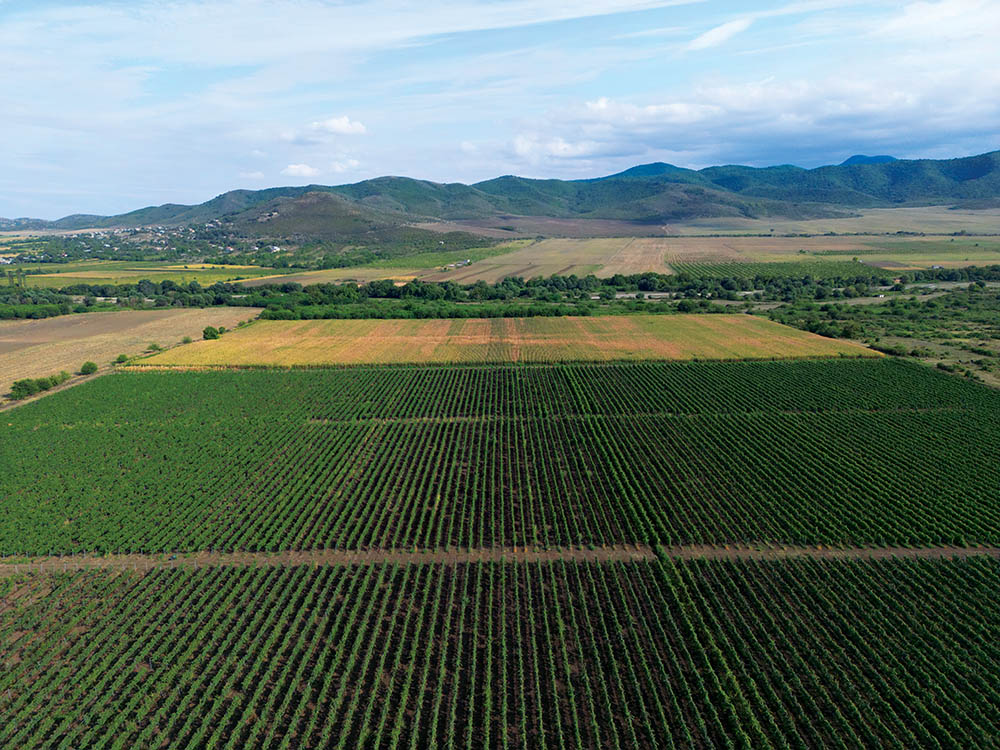
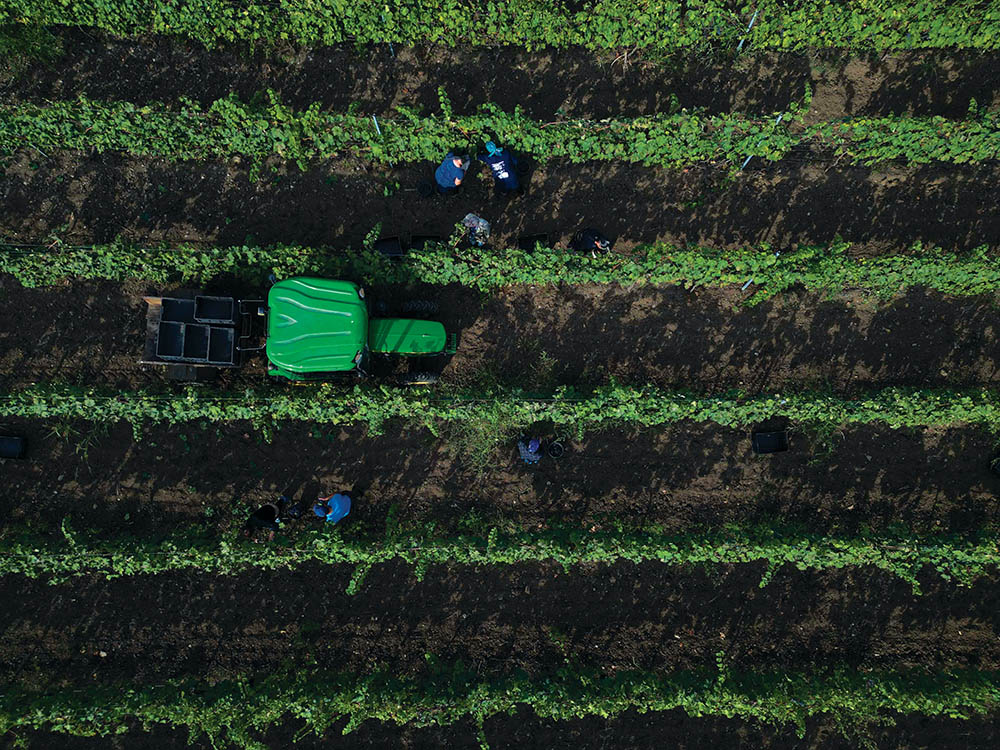
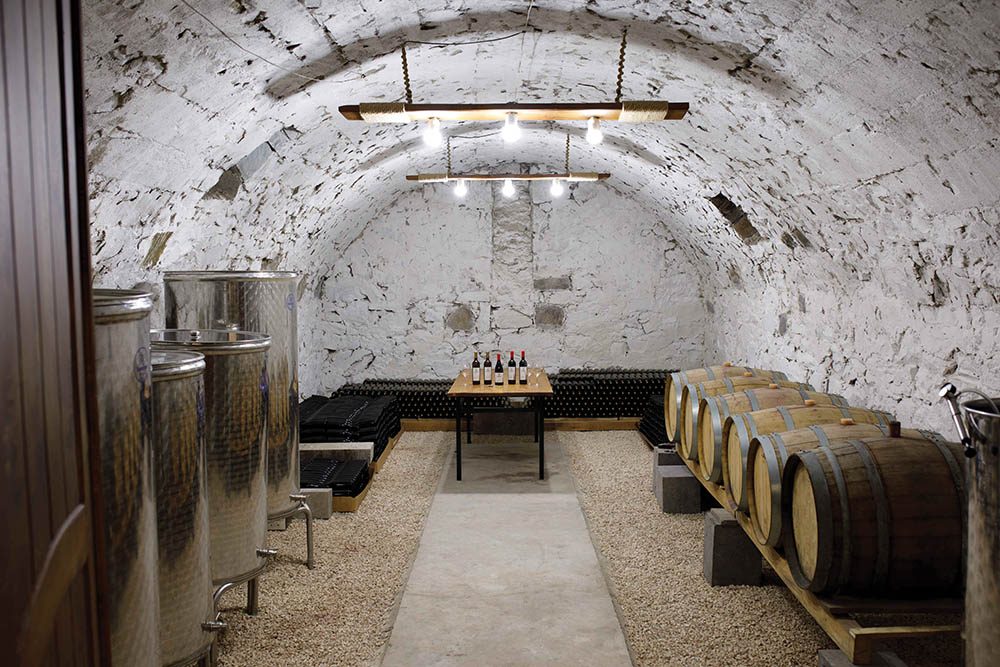
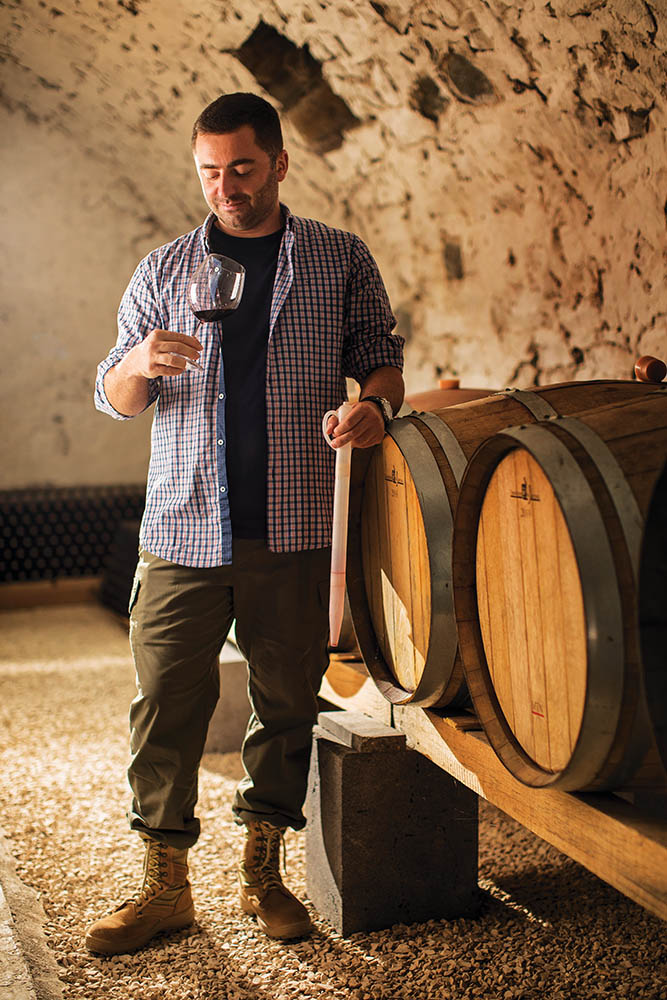
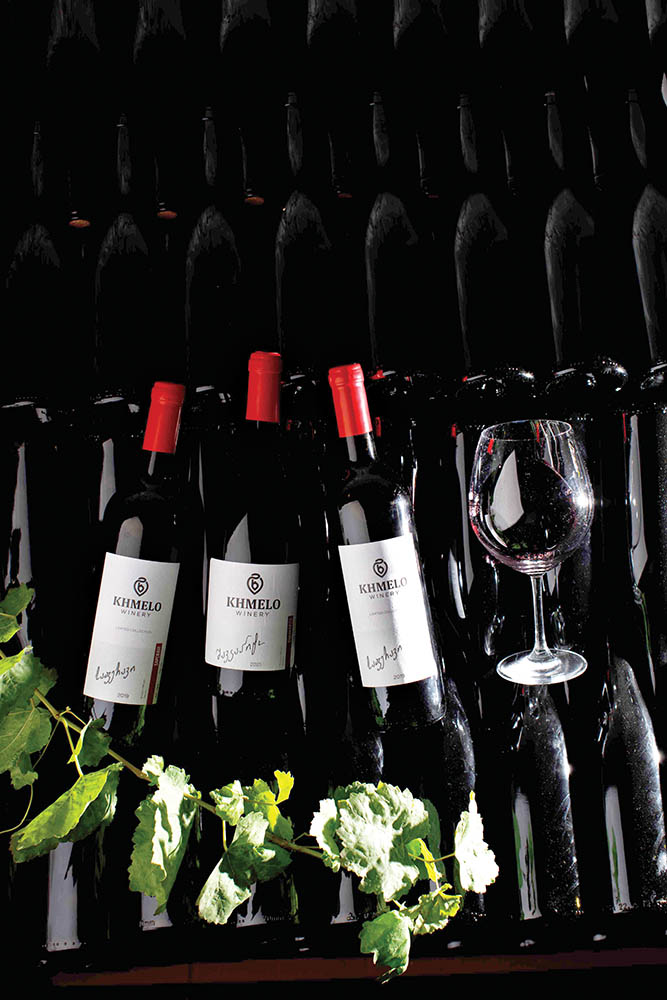
Initially, he planted Saperavi and Shavkapito grape varieties across 6.5 hectares, then doubled the size of the vineyards. Currently, these varieties cover 13 hectares. His plans involve introducing white grape varieties and significantly increasing the cultivation of Rkatsiteli. The aromatic profile of this variety is notably more intense in Bolnisi compared to other regions, yielding wine with a distinct taste and style unparalleled by Rkatsiteli that is produced elsewhere.
Khmelo Winery produces three varieties of dry wine- Rkatsiteli, Saperavi, and Shavkapito and exports them to several European countries as well. The winemaker’s future objectives involve increasing production and broadening their reach in export markets.
ხმელოს მარანში, რომელიც ათწლეულებს ითვლის, დღესაც კარგად ჩანს გერმანული კვალი. შენარჩუნებულია ღვინის კასრებში დაყენების ტრადიციაც. გიორგი ამბობს, რომ ღვინის დაყენებისას მისი ოჯახი ყოველთვის გერმანელების მიერ დანატოვარი კასრებით (ჩანები) სარგებლობდა. 2017 წლიდან, როდესაც მეღვინეობაში ჩაერთო და პირველი ვენახებიც გააშენა, ღვინის დასამზადებლად თავადაც იგივე მეთოდი აირჩია: „რადგან კასრებში ღვინის დაყენება ბოლნისის ისტორიაა, ჩავთვალე, რომ ეს ისტორია არ უნდა დაკარგულიყო და ჩვენს ოჯახს ბოლომდე უნდა შეენარჩუნებინა. დღესაც, ჩანებში ვაყენებთ ღვინოს, დუღილის დასრულების შემდეგ კი ფრანგული მუხის კასრებში გადაგვაქვს და ვავარგებთ. შედეგად ღვინო ხდება ხავერდოვანი, რბილი და მუხის სასიამოვნო ტონებს იძენს.”
თავდაპირველად, 6.5 ჰექტარზე საფერავისა და შავკაპიტოს ჯიშის ყურძენი გააშენა, შემდეგ ვენახების ფართობი გააორმაგა. დღეს, ეს ჯიშები 13 ჰექტარ ფართობს იკავებს. მომავალში, თეთრყურძნიანი ჯიშების გაშენებასაც გეგმავს, მათ შორის, რქაწითელის რაოდენობის გაზრდას, რადგან ამ ჯიშის არომატული პროფილი, სხვა რეგიონებისგან განსხვავებით, ბოლნისში გაცილებით ინტენსიურია, ღვინო კი – როგორც გემოვნური თვისებებით, ისე სტილით, მკვეთრად განსხვავდება სხვა რეგიონებში ამავე ჯიშისგან წარმოებული ღვინისგან.
„ხმელოს მარანი“ სამი სახეობის მშრალ ღვინოს აწარმოებს: რქაწითელს, საფერავსა და შავკაპიტოს და ევროპის რამდენიმე ქვეყანაში ექსპორტზეც გააქვს. მეღვინის სამომავლო გეგმებში წარმოების გაზრდა და საექსპორტო ბაზრების გაფართოება შედის.

